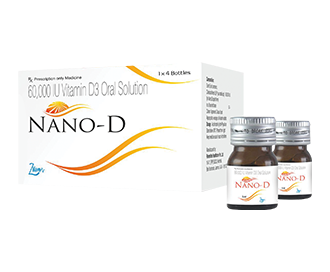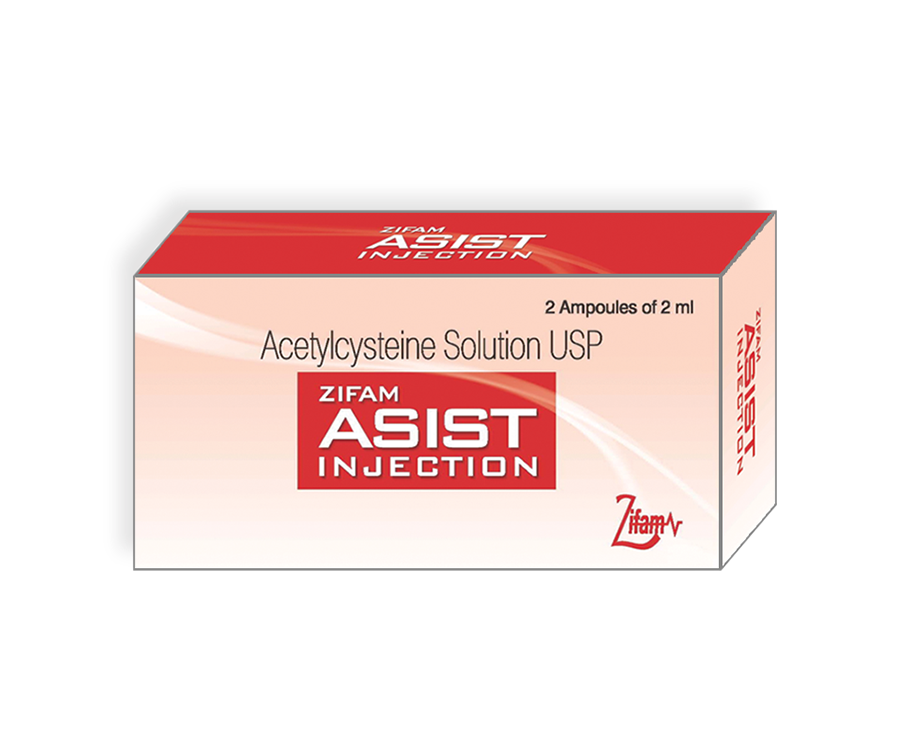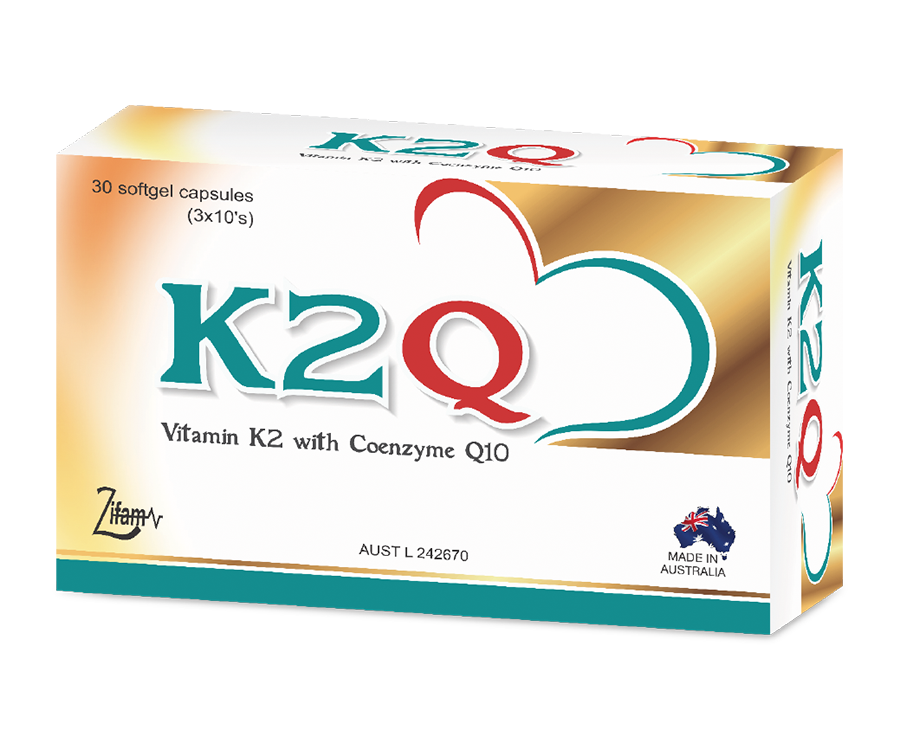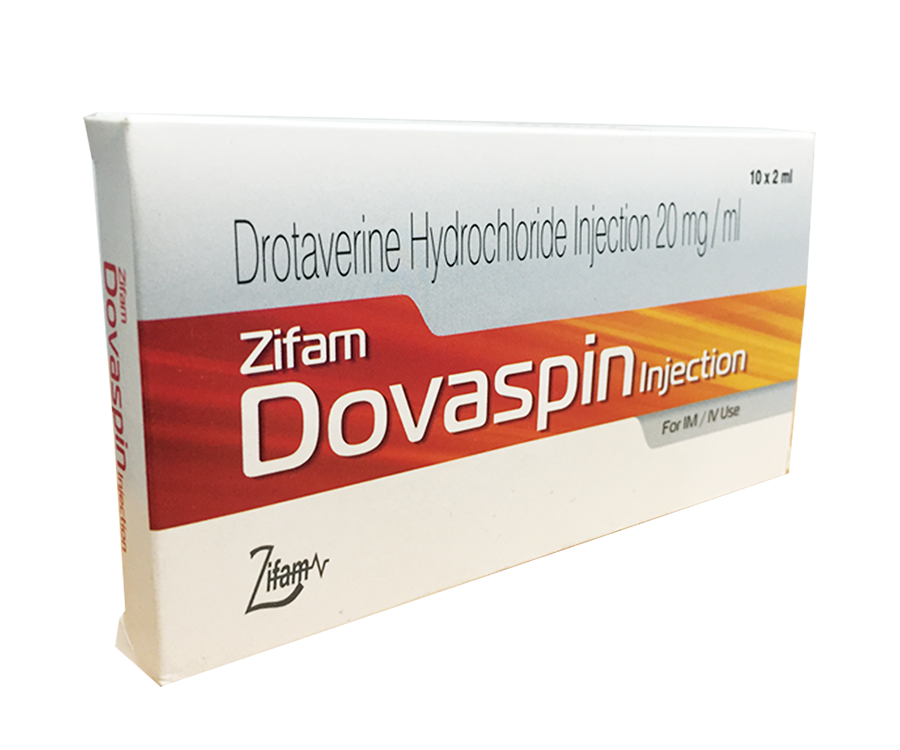Calcitol
- ENG
- မြန်မာ
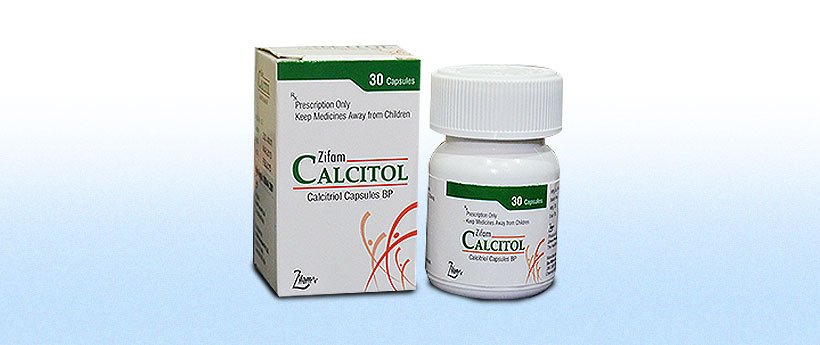
Each soft gelatin capsule contains Calcitriol BP 0.25 mcg.
Pharmacotherapeutic group:
Vitamin D and analogues
Pharmacological properties:
Zifam Calcitol is the most active known form of vitamin D3 in stimulating intestinal calcium transport.
The supply of vitamin D in man depends on dietary intake and/or exposure to the ultraviolet rays of the sun for conversion of 7-dehydrocholesterol to vitamin D3 (cholecalciferol). Vitamin D3 must be metabolized in the liver and the kidney before it is fully active on its target tissues. The initial transformation is catalyzed by a vitamin D3-25-hydroxylase enzyme (25-OHase) present in the liver, and the product of this reaction is 25-hydroxy-vitamin D3 (25-OH-D3). The latter undergoes hydroxylation in the mitochondria of kidney tissue.
This reaction is activated by the renal 25-hydroxy-vitamin D3 -1 alphahydroxylase (alpha-OHase) to produce 1,25-(OH)2 D3 (calcitriol), , the active form of vitamin D3. Endogenous synthesis and catabolism of calcitriol, as well as physiological control mechanisms affecting these processes, play a critical role regulating the serum level of calcitriol.
Pharmacokinetic Properties:
Absorption
Calcitriol is rapidly absorbed from the intestine. Peak serum concentrations following a single oral dose of 0.25-1μg Calcitriol in healthy subjects were found within 2-6 hours.
After a single oral dose of 0.5 mcg Calcitriol in healthy subjects, the average serum concentrations of calcitriol rose from a baseline value of 40.0 ± 4.4 pg/mL to 60.0 ± 4.4 pg/mL after two hours, and then fell to 53.0 ± 6.9 after four hours, to 50.0 ± 7.0 after eight hours, to 44 ± 4.6 after twelve hours and to 41.5 ± 5.1 pg/mL after 24 hours.
Distribution
During transport in the blood at physiological concentrations, calcitriol is mostly bound to a specific vitamin D binding protein (DBP), but also, to a lesser degree, to lipoproteins and albumin. At higher blood calcitriol concentrations, DBP appears to become saturated and increased binding to lipoproteins and albumin occurs.
Metabolism
Calcitriol is hydroxylated and oxidised in the kidney and in the liver by a specific cytochrome P450 enzyme:
CYP24A1. Several metabolites with different degrees of vitamin D activity have been identified.
Elimination
The elimination half-life of calcitriol in plasma ranges between 5 to 8 hours. However, the pharmacological effect
of a single dose of calcitriol lasts at least 4 days. The elimination and absorption kinetics of calcitriol remain linear
in a very broad dose range and up to 165 μg single oral dose. Calcitriol is excreted in the bile and may undergo
an enterohepatic circulation.
Indications:
Zifam Calcitol is indicated for the correction of the abnormalities of calcium and phosphate metabolism in patients with renal osteodystrophy.
Zifam Calcitol is also indicated for the treatment of established post-menopausal osteoporosis.
The adverse effects of Zifam Calcitol are similar to those encountered with excessive vitamin D intake. The early signs and symptoms associated with vitamin D intoxication and hypercalcemia are weakness, headache,somnolence, nausea, cardiac arrhythmias, excessive thirst, vomiting, dry mouth, constipation, muscle pain, bone pain, metallic taste, abdominal pain or stomach ache. The late signs and symptoms are polyuria, polydipsia, urinary tract infections, anorexia, weight loss, nocturia, conjunctivitis (calcific), pancreatitis, photophobia, rhinorrhea, pruritus, hyperthermia, decreased libido, elevated BUN, elevated AST and/or ALT, albuminuria, hypercholesterolemia, ectopic calcification, hypertension, cardiac arrhythmias, and rarely, overt psychosis
Effects on ability to drive and use machine:
On the basis of the pharmacodynamic profile of reported adverse events, this product is presumed to be safe or adversely affect such activities.
Overdosage and treatment:
Treatment of asymptomatic hypercalcaemia .
Since calcitriol is a derivative of vitamin D, the symptoms of overdose are the same as for an overdose of
vitamin D. Intake of high doses of calcium and phosphate together with Calcitriol may give rise to similar
symptoms. The serum calcium times phosphate (Ca x P) product should not be allowed to exceed 70 mg2 / dl2.
A high calcium level in the dialysate may contribute to the development of hypercalcaemia.
Acute symptoms of vitamin D intoxication: anorexia, headache, vomiting, constipation.
Chronic symptoms: dystrophy (weakness, loss of weight), sensory disturbances, possibly fever with thirst,
polyuria, dehydration, apathy, arrested growth and urinary tract infections. Hypercalcaemia ensues, with
metastatic calcification of the renal cortex, myocardium, lungs and pancreas.
The following measures should be considered in treatment of accidental overdosage: immediate gastric lavage
or induction of vomiting to prevent further absorption. Administration of liquid paraffin to promote faecal
excretion. Repeated serum calcium determinations are advisable. If elevated calcium levels persist in the serum,
phosphates and corticosteroids may be administered and measures instituted to bring about adequate diuresis.
Hypercalcaemia at higher levels (>3.2 mmol/L) may lead to renal insufficiency particularly if blood phosphate
levels are normal or elevated due to impaired renal function.
Should hypercalcaemia occur following prolonged treatment, Calcitriol should be discontinued until plasma
calcium levels have returned to normal. A low-calcium diet will speed this reversal. Calcitriol can then be
restarted at a lower dose or given in the same dose but at less frequent intervals than previously.
In patients treated by intermittent haemodialysis, a low concentration of calcium in the dialysate may also
be used. However, a high concentration of calcium in the dialysate may contribute to the development of
hypercalcaemia.
Presentation:
Container pack of 30 capsules
Storage:
Store below 30°C. Protect from light.







